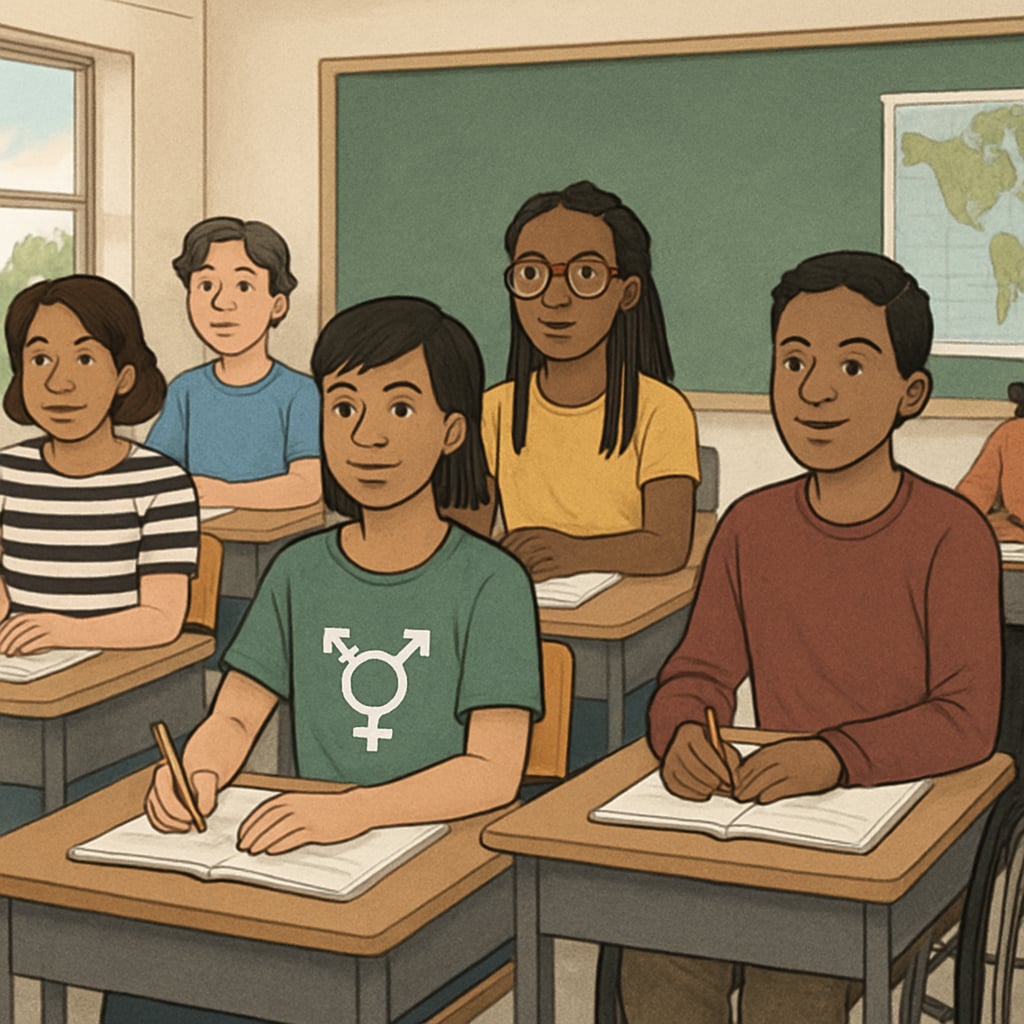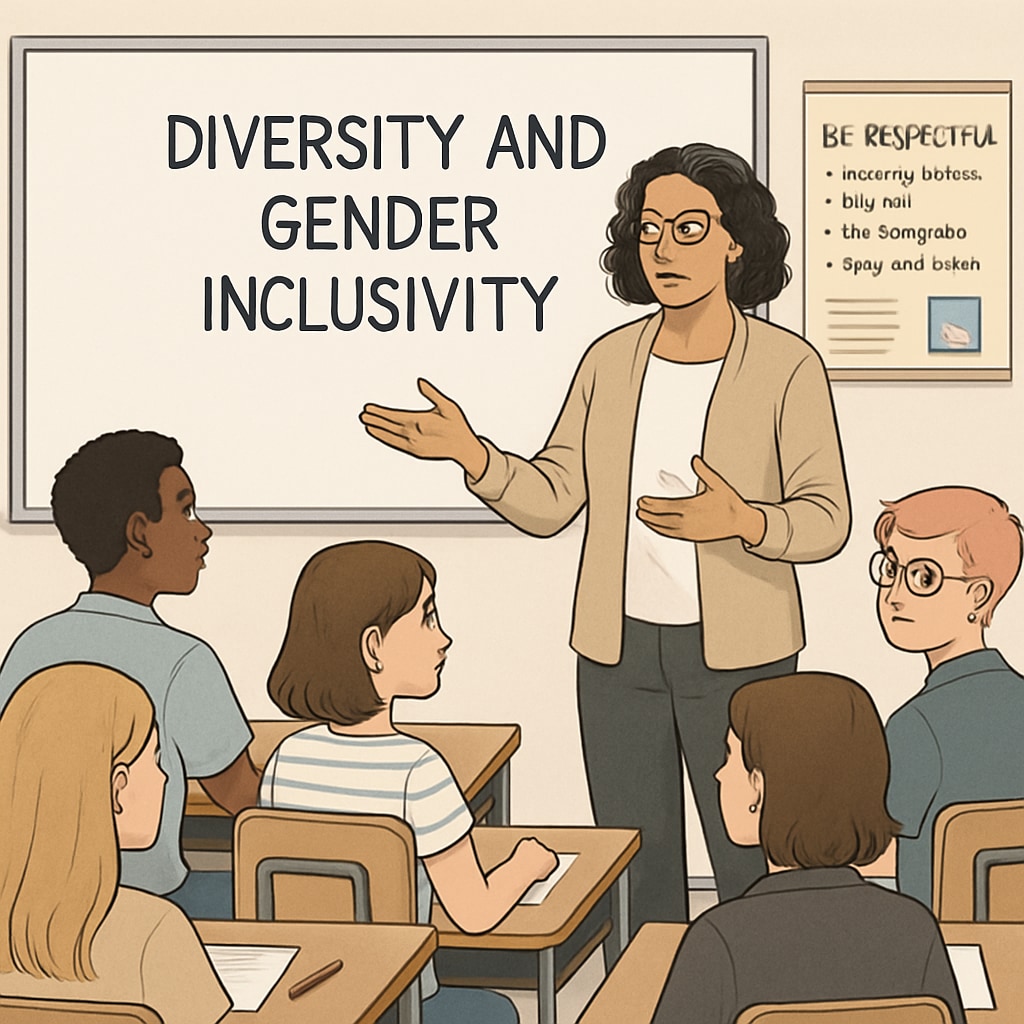Brown University’s agreement with the Trump administration, rooted in Executive Order 14186, which defines gender strictly as male or female, has sparked significant debate about the treatment of transgender students in education. While the policy primarily targeted higher education, its ripples extend far beyond university campuses, influencing K-12 settings and posing challenges for the inclusivity of transgender students. This article examines the far-reaching effects of such policies on school environments and the critical role of educators in promoting equity under increasingly complex circumstances.
Understanding Executive Order 14186 and Its Implications
Executive Order 14186, signed during the Trump administration, aimed to standardize gender definitions across federal policies, limiting them to binary categories—male and female. This definition disregards the existence of non-binary and transgender identities, raising concerns about the rights of individuals whose gender identity falls outside this scope. Brown University’s decision to align with this order highlights the tension between institutional compliance and the protection of student rights.
While the agreement primarily impacts higher education institutions, its ideological influence trickles down to K-12 education systems. Administrators and policymakers in primary and secondary schools often look to universities as models for shaping their own policies. As a result, this binary definition of gender risks marginalizing transgender students and undermining years of progress toward inclusivity in education.

Challenges Faced by Transgender Students in K-12 Schools
Transgender students in K-12 schools already face significant barriers, including bullying, lack of access to gender-neutral facilities, and insufficient representation in curriculum materials. Policies influenced by agreements like Brown University’s adherence to Executive Order 14186 exacerbate these challenges. For example, rigid gender definitions can lead to the exclusion of transgender students from participating in gender-specific activities, such as sports teams or school programs.
According to a study by the Human Rights Campaign (Human Rights Campaign), over 75% of transgender students report feeling unsafe at school due to their gender identity. Policies that fail to acknowledge the spectrum of gender identities often reinforce negative stereotypes, creating environments where these students feel unwelcome and unsupported.
How Educators Can Advocate for Transgender Students
Even in the face of restrictive policies, educators play a crucial role in fostering inclusivity and protecting the rights of transgender students. Here are some actionable strategies:
- Promote inclusive language: Use gender-neutral terms and respect students’ preferred pronouns.
- Provide safe spaces: Designate areas where transgender students can express themselves freely without fear of judgment or discrimination.
- Collaborate with parents and counselors: Work together to support transgender students’ emotional and academic needs.
- Advocate for policy changes: Push for school board policies that recognize and protect diverse gender identities.
In addition, professional development programs can equip teachers and staff with the tools to understand gender diversity better and address the unique challenges transgender students face.

Looking Forward: The Future of Gender Inclusivity in Schools
The agreement between Brown University and the Trump administration serves as a reminder of the ongoing struggle for transgender rights in education. While policies like Executive Order 14186 may set back progress, they also highlight the resilience of educators, students, and advocates in fighting for inclusivity. Efforts to push for more inclusive policies at the state and local levels remain critical to ensuring that every student, regardless of their gender identity, feels safe and valued in their learning environment.
As we move forward, it is essential to balance compliance with federal mandates and the moral imperative to protect the rights of all students. Education systems must strive to be places where diversity is celebrated, and individual identities are respected, paving the way for a more equitable future for all.
Readability guidance: Short paragraphs and bullet points summarize key ideas; overuse of passive voice is avoided, and transitions like “however” and “as a result” are used to maintain flow.


